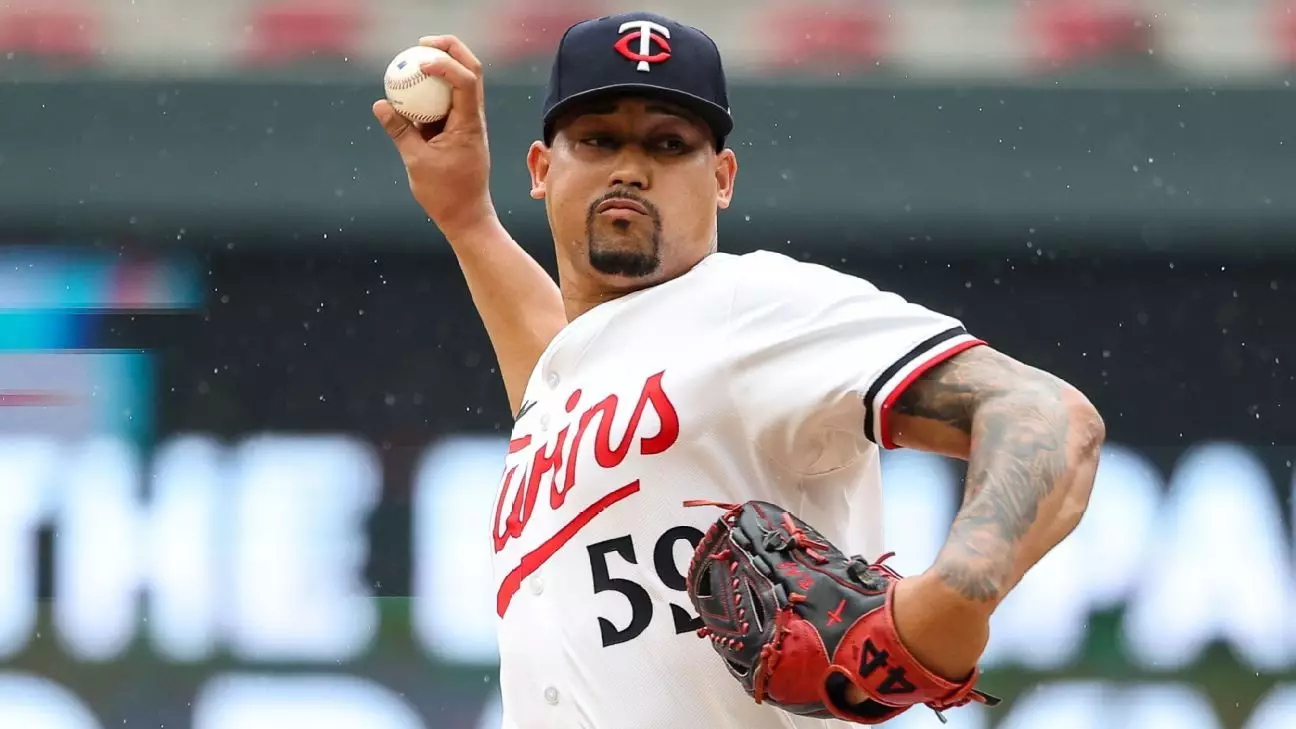In a bold and risky maneuver, the Philadelphia Phillies have decided to invest heavily in a premier reliever, Jhoan Duran, signaling a clear urgency to fortify their bullpen. While such aggressive moves are often celebrated in baseball circles, they deserve scrutiny. The Phillies’ decision to give up notable prospects like Eduardo Tait and Mick Abel — both highly regarded within their farm system — raises questions about long-term strategy. In an environment where prospects often carry as much value as established stars, sacrificing them to plug a perceived hole hints at a deeper uncertainty. Is this just a desperate attempt to short-term gain, or a calculated risk in pursuit of a championship? The truth likely lies somewhere in between, but the gamble’s inherent danger cannot be ignored.
The Flawed Core and the Illusion of Depth
The team’s core offensive and starting pitching units are relatively solid, boasting stars such as Bryce Harper and Kyle Schwarber, but their bullpen has been repeatedly unreliable. The Phillies’ struggle to find stability closer aside, they have lacked consistency and resilience out of their relief pitchers. The past season revealed a bullpen marred by inconsistency, with five pitchers sharing multiple blown saves — a statistic that essentially exposes their Achilles’ heel during crucial moments. Signing Jordan Romano and acquiring Duran might alleviate some issues temporarily, but fundamentally, this team’s problems are more rooted in systemic weaknesses than a mere lack of talent. The Phillies are confronting a roster that, while formidable, still relies heavily on individual moments of brilliance rather than consistent, team-wide execution.
Short-Term Wins Versus Long-Term Stability
Dombrowski, the Phillies’ front-office mastermind, has a reputation for aggressive and aggressive trading. Yet, these high-octane moves often come at a steep price, especially when the team’s age and roster composition are taken into account. With key players like Schwarber and Realmuto approaching free agency, the Phillies appear to be in a “win-now” mindset. However, such an approach comes with significant risks, particularly when pivotal players may depart after this season. Investing heavily in a bullpen upgrade is, in many ways, an acknowledgment that the Phillies are betting everything on this postseason run. Whether that gamble will pay off remains uncertain, especially if overextension limits their ability to sustain success or build balance for future seasons.
The Prospect Cost and The Market Reality
Trading top prospects like Tait and Abel underscores an often-overlooked truth: chasing immediate success can come at a hefty developmental and strategic cost. The Phillies’ farm system, with promising players still in nascent stages, faces a potential setback due to this short-term-focused trade. While these prospects’ futures are uncertain, their ability to contribute immediately offers obvious appeal; yet, the long-term implications of their loss are less obvious. The Phillies’ willingness to pay this heavy price highlights a broader trend in baseball—ownership and management increasingly prioritize short-term victories over sustainable success. This raises questions about the franchise’s developmental philosophy and whether they are sacrificing future stability for fleeting glory.
The Cost of Failure and the Illusion of Power
Ultimately, the Phillies’ all-in approach embodies an underlying assumption: that better talent can quickly fix foundational shortcomings. But baseball teaches us that no single trade can substitute for genuine team cohesion and strategic stability. If Duran’s addition does not lead to postseason glory, the entire transaction will be viewed as a reckless overspend—another example of front-office hubris in pursuit of a quick fix. Their willingness to shell out significant assets underscores a belief that more talent equals more wins, yet it might also reflect a disturbing underestimation of the complexities that influence playoff success. For a team flush with capable hitters and aces, neglecting bullpen consistency could ultimately prove their undoing—no matter how formidable their power lineup appears.


Leave a Reply